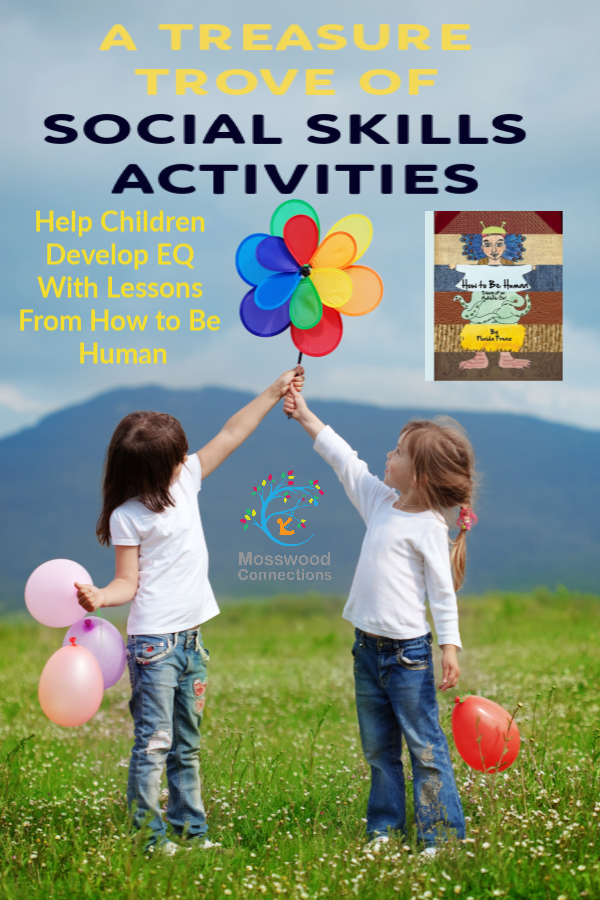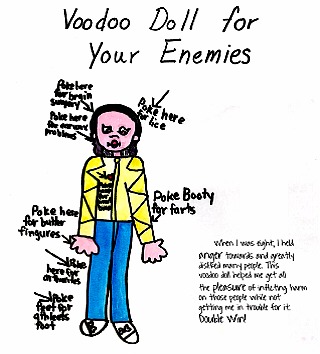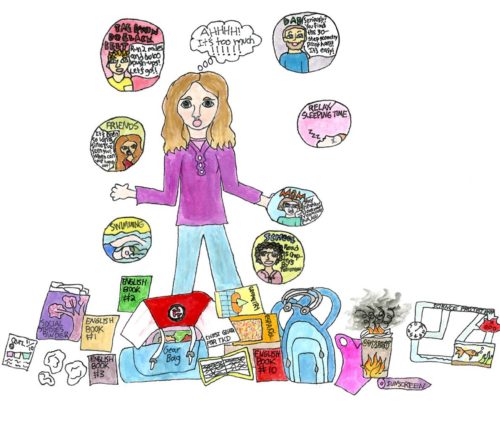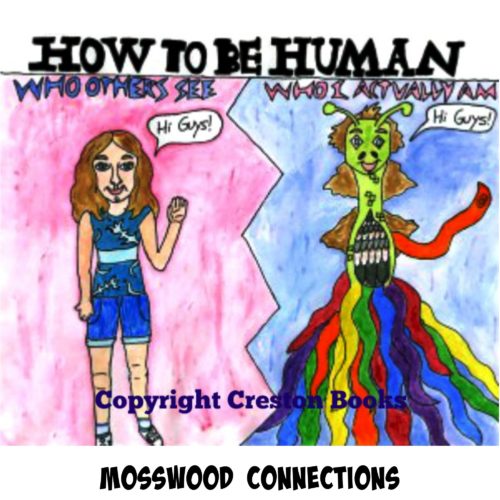Social Skills Lessons From How to Be Human; Diary of an Autistic Girl
Young Readers
"From your parents you learn love and laughter and how to put one foot before the other. But when books are opened you discover you have wings." ~ Helen Hayes
I can’t believe how long it has taken me to write this post. After all, I wrote the teacher’s curriculum for Social Skills Lessons From How to Be Human: Diary of an Autistic Girl years ago. In that time, the author of the book, Georgia (AKA Florida Frenz), has grown into a lovely woman, a junior in college making waves in the world. The lessons in this guide are a roadmap to a treasure trove of social skills activities that we have used for years in our work with children on the autism spectrum. Over the years our lessons have been used with many children, children who have grown to be what all parents want: happy and productive with meaningful relationships.
So strap on your seat belt and come for a ride down social skills lane with us.
This post contains affiliate links. Please visit our disclosure page for more information.

Teaching and Scaffolding Social Skills Lessons
In the book How to Be Human: Diary of an Autistic Girl, the social-emotional activities were presented as steps to be taken to build an understanding of Theory of Mind and social-emotional control.
Step 1: Figure out Faces
Materials:
Pictures of people with different expressions.
Overview and Activities:
Many children on the autism spectrum either experience face blindness or find eye contact difficult. Telling them to “look at me!” is rarely effective. All children can benefit from paying attention to physical cues. There are social skills lessons to encourage kids to cue in on facial expressions. Download pictures from the internet, use books or magazines; have the students tell or write one sentence about how that person or character is feeling. To extend this activity have students role-play a scene where they act. Have the students write about a time that they felt that way. Another exercise that I do is to say the same sentence with varying expressions and have the student describe the difference.
Make a Photo Faces Collage.
Step 2: Figure out Feelings
Overview and Activities:
For young children figuring out their own feelings and those of others can be difficult. There are many ways to encourage children to understand their feelings and the feelings of others. One good way to do this is to role play a situation and then to switch characters. For example, set up a scene where two friends are disagreeing about what game they want to play. Have the students act out what they are thinking from their perspective and then have them switch roles and act out how the other character is feeling.
Do our Many Colored Feelings art activity.
Step 3: Match the Feelings to the Faces
Materials:
Index Cards
Paper
Overview and Activities:
Florida actually experienced physical issues as well as social-emotional delays so when the issue was physical we would draw a body chart and write how different parts of her body felt like and then we would practice making our expressions match the way we felt inside. Another activity would be to write down different feelings and emotions, i.e. stomach ache or excitement on index cards. Have the students pick a card and then act out that feeling/emotion. Try to guess what they are depicting. If there is a mirror available have the students watch themselves as well.
Step 4: Figure out Fake Feelings
Overview and Activities:
One of the best ways to teach kids about “fake feelings” is to read great books like Amelia’s Notebook book series by Marissa Moss. Discuss when the characters have different feelings than what they say or do. Does the facial expression match the internal feeling? Do the words reflect what they may really be thinking and feeling?
Step 5: What Kind of Human Are You?
Materials:
Index Cards
Overview and Activities:
Have the students role-play different situations where making a good decision is important. Write down different situations on index cards. Have the kids pick a card and say what they would do in that situation then discuss as a group.
Step 6: How Do You Decide to Act?
Overview and Activities:
All students can have a difficult time resisting peer pressure. This can be especially hard for children with learning disabilities. Have the kids draw a cartoon or write a story about a time when they followed along with a peer’s bad behavior. Have them do the same for a time when they resisted negative peer influences. Discuss how each situation may feel and the consequences of making good versus bad decisions.
Step 7: Figure out Behavior and Emotions
Materials:
Pre-printed meters (optional)
Overview and Activities:
Meters are used by a variety of educators and therapists in a variety of ways. They are very useful to use in social skills lessons. Have the student decide what scale he or she wants to use. Florida usually chose to rate things on a scale of 1-10 but at times she used symbols or facial expressions. The facial expression meter is especially appropriate when exploring social skills and emotions.
Step 8: Avoiding the Perfection Trap
Overview and Activities:
Have one student play the role of a “cop” for a pre-set amount of time. Have him give tickets to any other student who is not behaving “perfectly”. Then have the students discuss, write or draw about the experience. For older students, have a discussion about what are some “perfect” traits they admire. Are these traits attainable? Does everyone agree on what is perfection? Why or why not?
Step 9, 10 and 12: Friendship
Materials:
Pictures for the collagé
Overview and Activities:
Read a story about friends, again the Amelia series by Marissa Moss has many good examples of different friends. Discuss what it means to be a good friend. Are there different types of friends?
Make a collagé about what type of friend you want to have and what type of friend you want to be.
Create a Camera Chain Letter.
Step 11: How to Handle Your Enemies
Okay, so Florida remembered this one wrong. She thought she drew a picture of a voodoo doll to process her jealous feelings. But really, we were reading an Amelia book where there was an illustration of a voodoo doll and we found it amusing, this activity was just for fun. Please use this activity to discuss appropriate ways to deal with challenging relationships or for a fun
way to deal with anger.

Step 12: How Not to Make Enemies
There are many ways to address appropriate behavior with different friends. Try role-playing or start a co-operative story with 2 or more kids where the topic is what to do when 2 friends want to do 2 different things. Brainstorm ways to include the “shy kid”.
Step 13: Fear of Bullies
Step 14: Bullying Yourself
Overview and Activities:
Self-esteem is an important issue. Florida liked for us to talk about the worst case scenario and then brainstorm possible feelings and solutions. Other children like to make a list of their good qualities. One of my kids named the negative voice in her head and told her to be quiet and yet another child kept a journal of things that he was proud of. Have the students keep a journal for 1 week. Each day they need to write at least 3 things that they feel proud of and 3 things that they are grateful for. At the end of the week discuss their responses.
Step 15: Mega Cool People
Overview and Activities:
Society tells us that popularity is desirable but in reality, many people don’t actually want or need to be popular; they just need meaningful relationships. I had Florida research different essays on popularity and then we discussed. It helped her to define the categories by drawing cartoons but some other ideas would be to act out different social groups, watch a video about high school students and discuss whether or not there are clear social groups. Eventually, she figured out her stance on popularity and published an article about her experience in high school.
Step 16: Cool People to You
Have the student bring pictures of different people in their lives. Either talk or write about why that person is important or likable to you. Check out Kids Soup for a wealth of friendship themed activities.
Step 17: What Makes a Bad Friend
Overview and Activities: Sometimes we can work so hard on making friends that can cause a false belief that any friend is a good friend. Make a collage of traits that you would want in a friend and another of traits that you would NOT want in a friend.
Step 18: How to Grow Up
Overview: As Georgia approached her teens she began to be terrified about growing up. The unknown scared her so I had her draw a timeline of different stages and ages including the positive attributes of each stage. This helped her see that there is something good about every age. You can use the timeline idea, write a story about what the student’s life might be like in the future or make an “aging” meter which shows the different benefits that come with each year of getting older.
Step 19: Consequences
Overview: Because the social world was often so confusing to Georgia, she would worry about doing the right thing or she would worry about what the consequence might be for a certain action. Have the student brainstorm different scenarios and then ask “What would you do?” Write or act out a story about someone who has no consequences and then discuss the outcome together.

Step 20: Juggling Being Stressed and Atypical in a Neurotypical World
Florida can get overwhelmed by the amount of work she has to do and then she will forget to have fun which makes her more stressed. It is very important to have balance in one’s life. Make a list of everything that needs to get done and another list for what one wants to do. Cross off any unnecessary items and make a schedule for everything that is important to get done. Remember, it is important to have fun and healthy habits as well as getting all their work done.
Make a Calm Down Kit for those moments when anxiety wants to take over.

